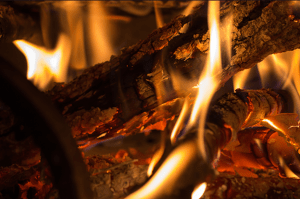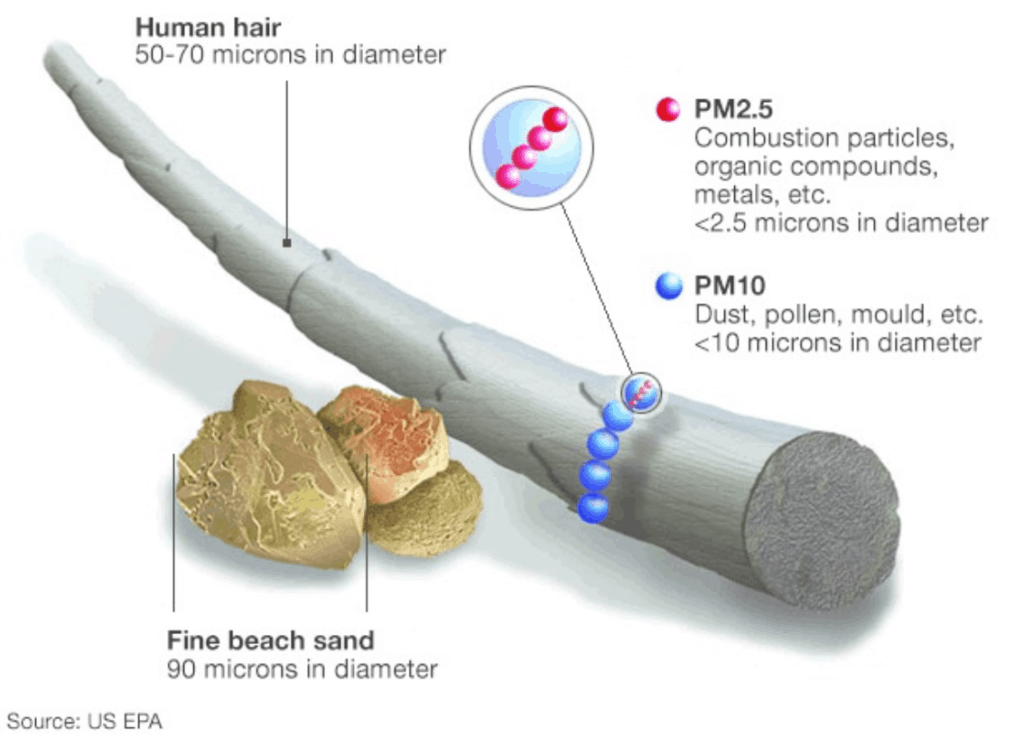 All our stoves are now Ecodesign Ready. Something that we are very proud of as a company. To have an Ecodesign Ready stove is by no means an easy feat. Significant investment in R&D, and expert design are all required to ensure a stove becomes Ecodesign Ready.
All our stoves are now Ecodesign Ready. Something that we are very proud of as a company. To have an Ecodesign Ready stove is by no means an easy feat. Significant investment in R&D, and expert design are all required to ensure a stove becomes Ecodesign Ready.
Ecodesign comes into effect from 1st January 2022, and is a European regulation for solid fuel local space heaters, which is a more formal description of a wood burning stove. When a stove is tested to see if it is Ecodesign Ready, it must keep within these very stringent, technical parameters, which are outlined in this article:
OGCs – Organic gaseous compounds (OGC’s) from stoves will not exceed 120 mgC/m3 at 13% oxygen for stoves using solid fuel other than compressed wood pellets, and 60 mgC m3 at 13% oxygen for stoves using compressed wood pellets. The measurement of mgC/m3 means milligrams per cubic meter.
CO – Carbon Monoxide is a deadly, colourless, odourless gas which is produced during combustion. When a stove is being checked for compliance with Ecodesign it is not allowed to exceed 1,500 mg/m3 at 13% oxygen using solid fuel other than compressed wood pellets, and 300 mg/m3 at 13% oxygen for stoves using compressed wood pellets.
NOx – Nitrogen Oxides are a combination of gases, which are composed of nitrogen and oxygen. NOx gases react to form smog and acid rain as well as being central to the formation of fine particles (PM) and ground level ozone, both of which are associated with adverse health effects. NOx from solid fuel stoves using fossil fuels shall not exceed 300 mg/m3 expressed as NO2 at 13% oxygen.
 PM – PM stands for Particulate Matter and Particulate matter (PM), also known as particle pollution, is a complex mixture of extremely small particles and liquid droplets that get into the air. Once inhaled, these particles can affect the heart and lungs and cause serious health effects.
PM – PM stands for Particulate Matter and Particulate matter (PM), also known as particle pollution, is a complex mixture of extremely small particles and liquid droplets that get into the air. Once inhaled, these particles can affect the heart and lungs and cause serious health effects.
Particle pollution includes:
PM10 : inhalable particles, with diameters that are generally 10 micrometers and smaller; and
PM2.5 : fine inhalable particles, with diameters that are generally 2.5 micrometers and smaller
PM emissions from stoves shall not exceed 50 mg/m3 at 13% oxygen. PM emissions from stoves using solid fuel other than other than compressed wood pellets and cookers shall not exceed 40 mg/m3 at 13% oxygen.








